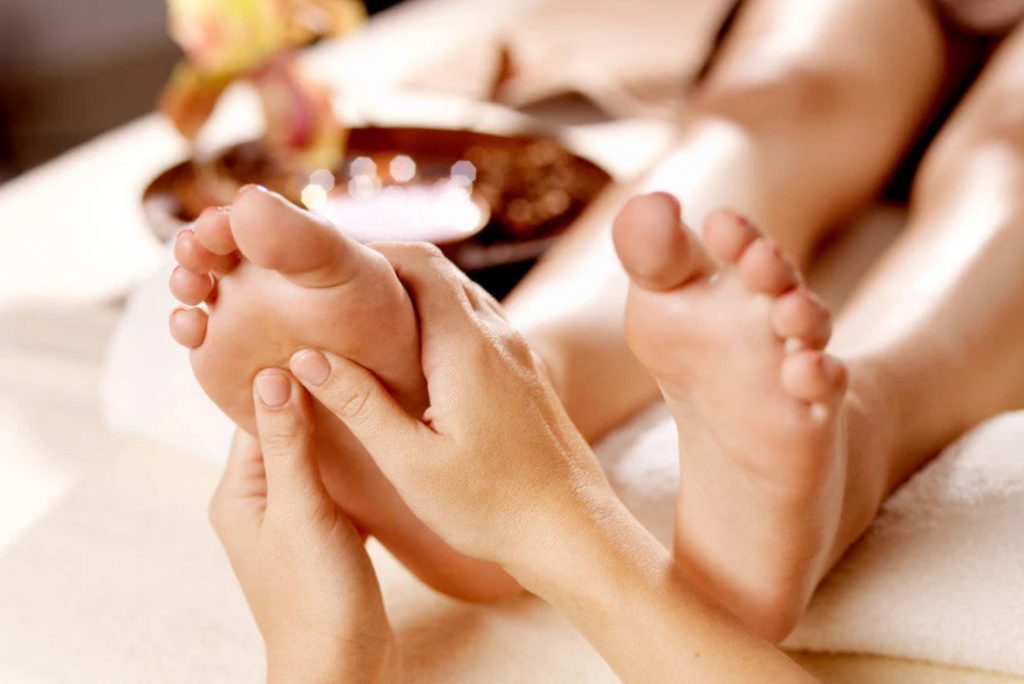Reflexology and Acupressure Point Complimentary Therapy.
Try, Train, Learn Self-Acupressure!!
Call for appointment. (Matt: 757-751-7578) This is alternative noninvasive point therapy and not considered conventional Massage Therapy.






ABOUT ACUPRESSURE:
Acupressure is a traditional Chinese medicine technique that involves applying pressure to specific points on the body to promote energy flow, reduce pain, and decrease tension. Also, known as Shiatsu in Japan.
This complimentary treatment can promote pain relief and reduced nausea, when trained, some points can be done at home using fingers, hands, or special devices, though it’s best to consult a healthcare provider if you are pregnant or managing a health condition. To practice acupressure, you typically apply gentle to medium pressure for about two minutes at a time, and some common points include areas on the wrist, between the thumb and index finger, and between the eyebrows.
- Pain relief: Applying pressure to specific acupoints can help reduce pain, such as headaches.
- Reduced nausea: Acupressure can help with nausea and vomiting, such as from motion sickness or chemotherapy.
- Tension and stress relief: Some points are used to help decrease tension and anxiety.
- Improved recovery: Some studies suggest acupressure can help improve recovery time.
ABOUT REFLEXOLOGY:
Potential Health Benefits of Reflexology: Pain Relief, Health Problems, Sleep …
Reflexology is a complementary therapy involving applying pressure to specific points on the hands, feet, and ears, based on the theory that these points correspond to other parts of the body. It is used to promote relaxation and may help with issues like poor sleep or stress, but it is not a cure for any condition and should not replace conventional medical treatment. While generally considered safe, it is best to consult a doctor before trying reflexology, especially if you have a pre-existing health condition.
How it works
Zone Theory: The practice is based on a theory that the body is divided into ten zones that run from the head to the toes.
Nerve pathways: Proponents suggest that applying pressure to reflex points sends a calming message to the central nervous system, which can signal the body to release tension and improve blood supply.
Complementary therapy: It is considered a complementary therapy, meaning it works alongside conventional medical care.
Potential benefits
Relaxation: The primary goal is often relaxation and stress relief.
Improved sleep: Some research suggests it may improve sleep quality for those who have trouble sleeping.
Pain relief: Some studies have indicated potential benefits for pain management, though more research is needed.
Other symptoms: It has been studied for its effect on other symptoms, such as shortness of breath, particularly in cancer patients.
Safety and precautions
Consult a doctor: Always talk to your doctor before starting reflexology, especially if you have a health condition such as gout, skin ulcers, or vascular disease.
Not a replacement: Do not stop or replace your conventional medical treatment based on a reflexologist’s advice.
